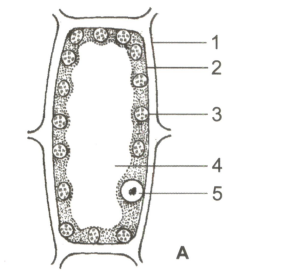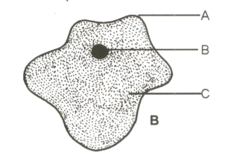Exercises
Author:Dr. S.K. Aggarwal
Dr. S.K. Aggarwal Biology Solutions for Exercises
Simple step-by-step solutions to Exercises questions of The Cell from A New Approach to I.C.S.E. Biology. Also get 3D topic explainers, cheat sheets, and unlimited doubts solving on EMBIBE.
Questions from Exercises with Hints & Solutions
EASY
9th ICSE
IMPORTANT
Light microscope was used to understand the structure of cell organelles.
MEDIUM
9th ICSE
IMPORTANT
Name the chemical substances found in the chromosome.
MEDIUM
9th ICSE
IMPORTANT
Name the chemical substances found in the ribosome.
EASY
9th ICSE
IMPORTANT
Which of the following organisms do not possess plastids and centrioles?
MEDIUM
9th ICSE
IMPORTANT
Write about the structure and function of nucleus.
MEDIUM
9th ICSE
IMPORTANT
Draw a labelled diagram to show cell structure in plants.
MEDIUM
9th ICSE
IMPORTANT
Draw a labelled diagram to show cell structure in animals.
MEDIUM
9th ICSE
IMPORTANT
The following diagrams represent cells from cheek lining and a plant. Label the parts against the indicated alphabets/numbers:


